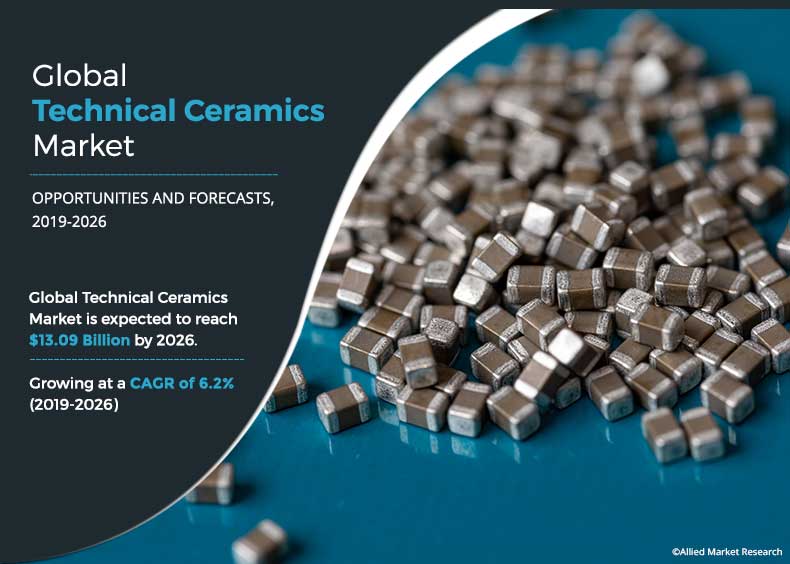Modern manufacturing techniques and developments have increased the strength and reliability of ceramic materials.
Ceramic on ceramic hip replacement increase in alum.
In the grubl et al.
Ceramic on ceramic hip replacement systems ceramic transcend articulation hip system.
Find out more about ceramic on ceramic hip replacements by dr.
The ceramics used in hip replacement surgery are alumina ceramic and zirconia ceramic.
Ceramic on ceramic hip prostheses are an increasingly popular choice for hip replacement.
In 1995 an improved alumina ceramic was developed that had increased purity and strength over the first generation materials.
A ceramic cup can not incorporate the lip that is a standard part of a plastic cup liner.
Ceramic systems have been in use since the 1970s and have undergone many technological advances over the decades.
An x ray of the pelvic area showing a replacement hip.
The clinical use of ceramic as a bearing surface dates back to the early 1970s.
The alternative bearing couples such as metal on polyethylene and metal on metal are more inclined to wear and produce particulate debris.
The clinical use of ceramic as a bearing surface dates back to the early 1970s.
Ceramic hip replacement disadvantages.
The type of ceramic used in total hip replacement today is aluminum oxide also known as alumina.
In 1995 an improved alumina ceramic was developed that had increased purity and strength over the first generation materials.
The stryker ceramic on ceramic hip labeling system features ceramic on ceramic bearing couples and consists of an aluminum ceramic insert aluminum ceramic femoral head metal acetabular socket and a metal femoral stem.
Ceramic is one of the best materials that can be used in a hip replacement but when paired with a metal socket it quickly falls to the back of the pack.
Any hip replacement device with either a metal socket or ball will result in metal wear particles in your bloodstream.
In 1995 an improved alumina ceramic was developed that had increased purity and strength over the first generation materials.
The type of ceramic used in total hip replacement today is aluminum oxide also known as alumina.
Ceramic hip implants are among the newer types of prostheses being used for hip replacement offering greater resistance to damage and smooth movement of the joint.
This lip serves to lower the risk of dislocation.
The type of ceramic used in total hip replacement today is aluminum oxide also known as alumina.
Therefore a ceramic on poly replacement has the advantage of the lip and a ceramic on ceramic has the advantage of being tougher and permitting the use of a larger.
The clinical use of ceramic as a bearing surface dates back to the early 1970s.
Long lasting hip replacement is the main advantage of ceramic hip replacement systems.
The third study d antonio et al.












.jpg)
















